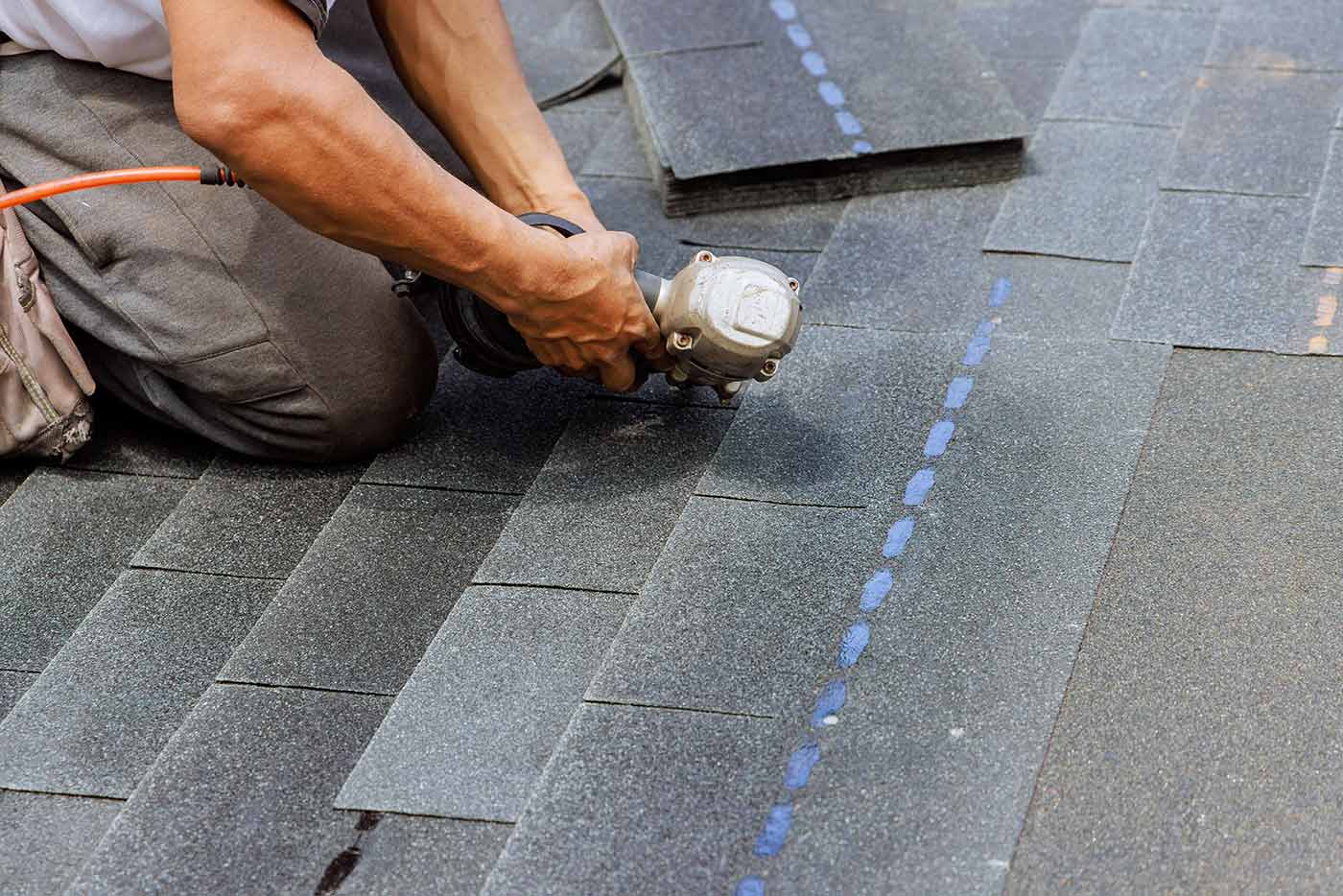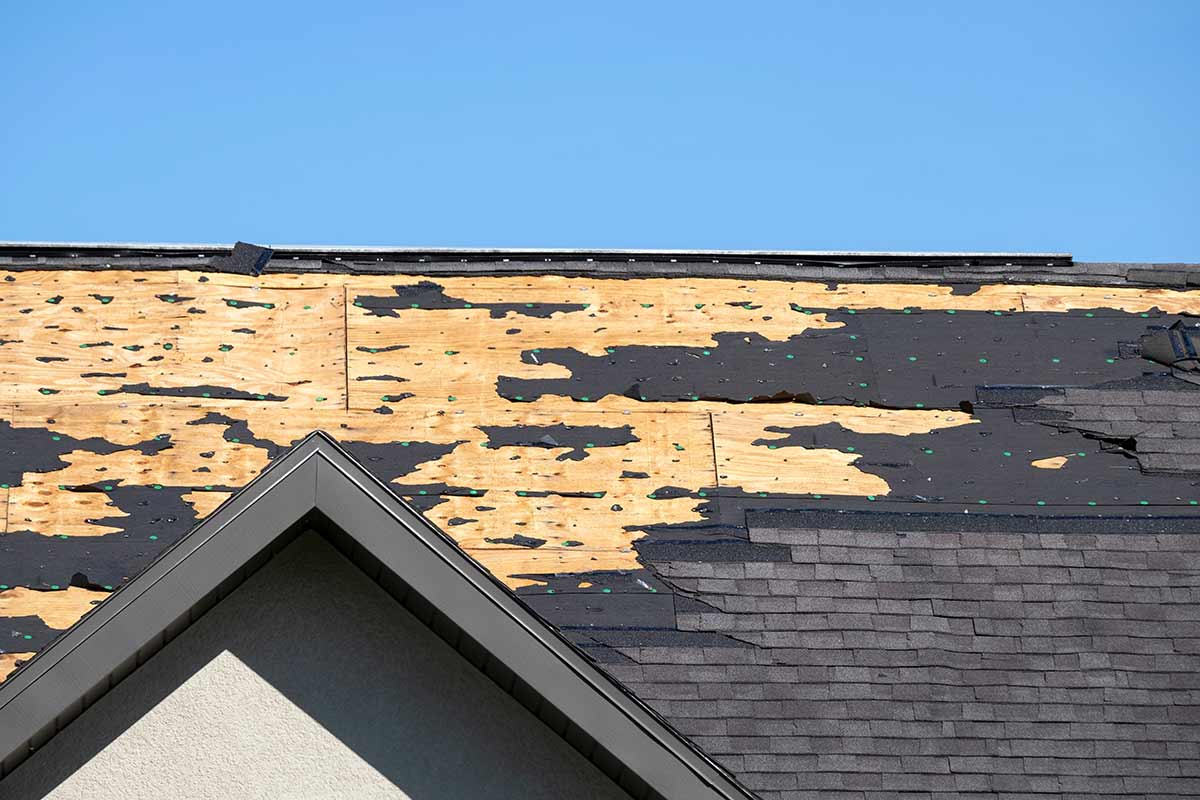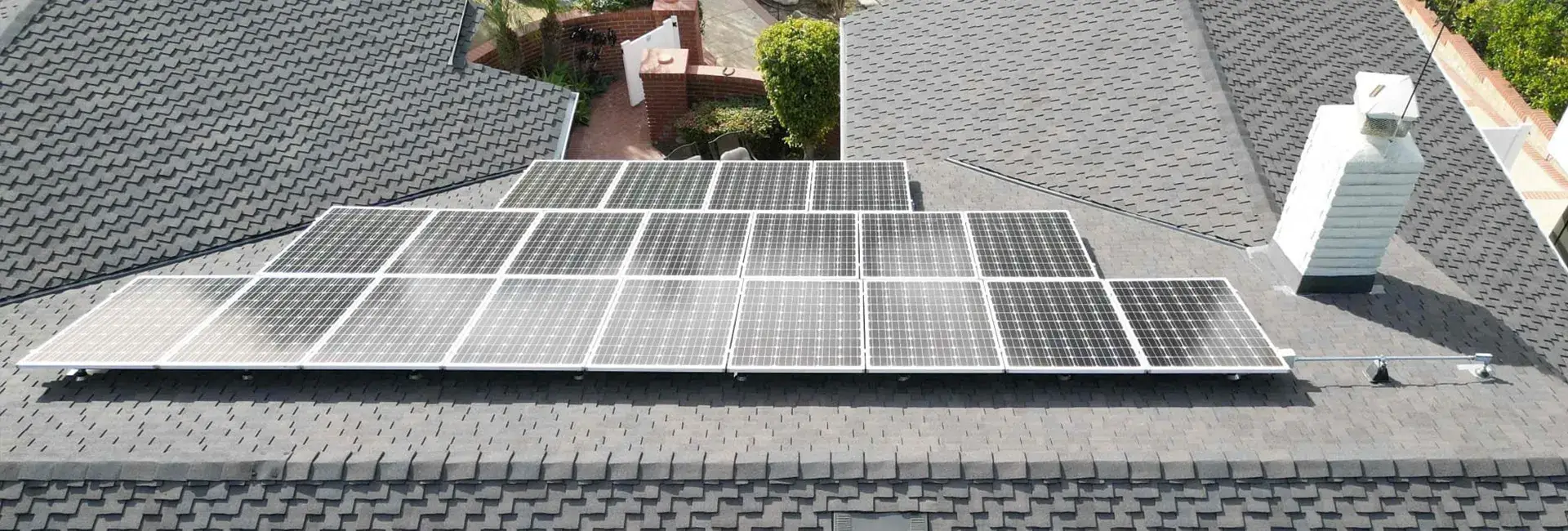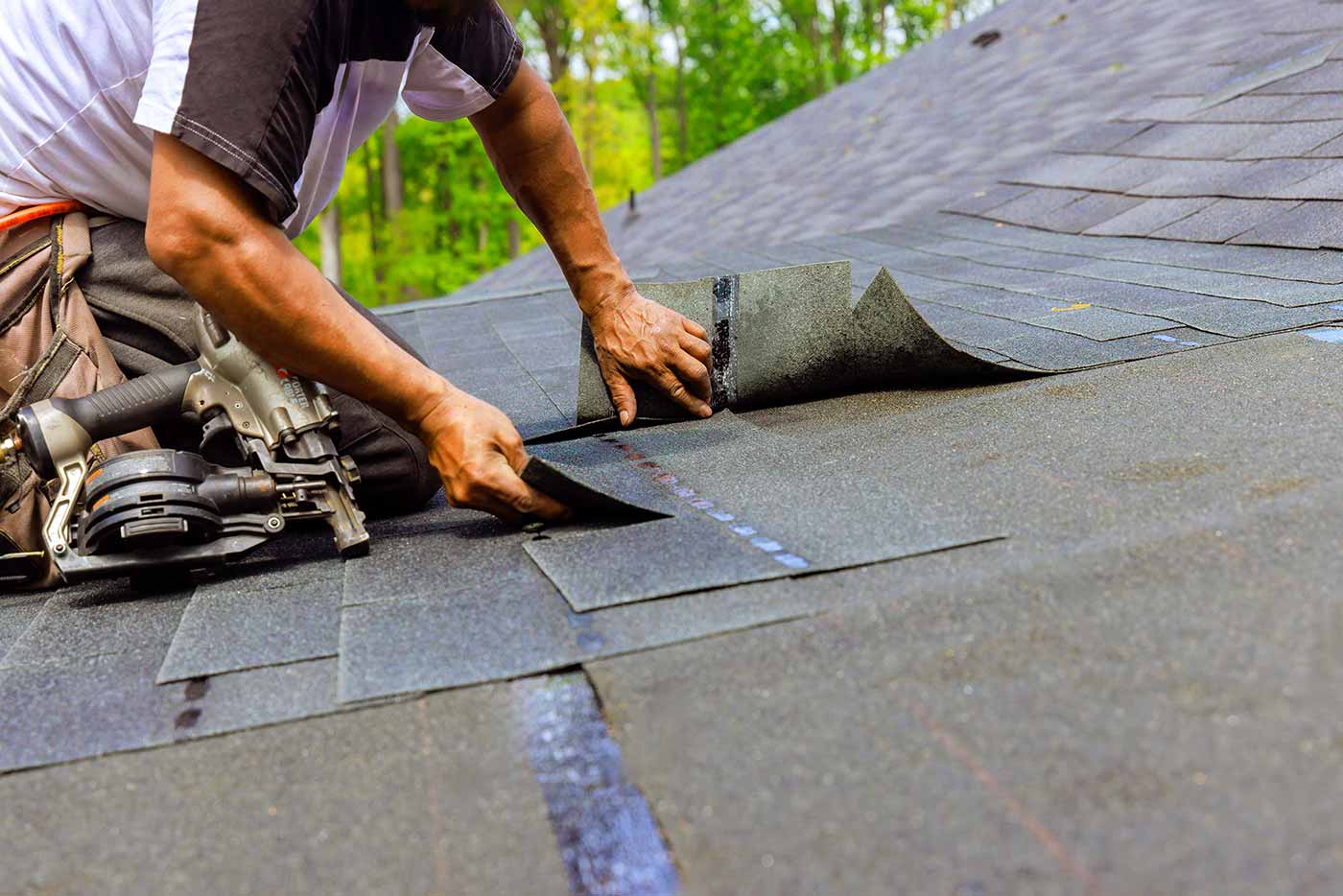7 Signs It’s Time to Replace Your Roof
1. The Age of Your Roof
One of the easiest ways to determine when to replace a roof is by checking its age. Different roofing materials have different lifespans:
- Asphalt shingles: Typically last around 20-30 years.
- Tile roofs: Can last 50-100 years
- Metal roofs: Durable and long-lasting, with a lifespan of 50-70 years.
- Stone or slate roofs: The most durable option, often lasting over 100 years.
If you have an older roof, especially one nearing these age limits, it’s time to start planning for a replacement to ensure your home stays protected.
Note: Keep in mind that underlayment, the waterproof barrier under your roofing materials, typically only lasts 25-30 years and may need to be replaced much sooner than the roofing materials covering it. One example of this is tile resets where the tile is carefully removed, underlayment is replaced, and the tiles are put back in place.
2. Cracked Shingles and Missing Tiles
Cracked or missing shingles and tiles are clear indicators of wear and tear. If you notice cracked tiles or curling shingles or find pieces of shingles or tiles in your yard after a storm or high winds, it’s time to inspect your roof more closely. For a metal roof, you’ll want to look out for dents and dings.
3. Shingle Granules in Your Gutters
Have you spotted dark, sand-like particles in your gutters? These are shingle granules, and they’re an early warning sign that your roof is wearing down. Without granules, shingles lose their ability to protect your home from UV rays and water damage. A professional inspection can confirm if this is a sign of bigger issues.
4. Roof Leaks and Water Damage
A roof leak is one of the most obvious signs that something’s wrong. If you see water spots on your ceiling or walls, it’s time to act. Water damage can weaken your roof deck and lead to serious structural problems. Don’t ignore a leak—call a roofing contractor right away for an assessment. By the time you see a leak inside your home, it means it’s already soaked through multiple layers of roofing materials.
5. Storm Damage
Severe weather can take a toll on your roof. Storm and wind damage might include missing or torn shingles or exposed areas of the roof. After a big storm, schedule a roof inspection with a roofing professional to check for damage.
6. Sagging or Soft Spots
If parts of your roof look saggy or feel soft underfoot, your roof deck may be compromised. This can happen due to prolonged water exposure or general wear and tear over time. A sagging roof is a serious problem and one of the clearest signs it’s time to replace your roof.
7. Energy Bills Are Creeping Up
An old, damaged roof can affect your home’s insulation, leading to higher energy bills. If your heating and cooling costs have spiked, your roof might be to blame. A new roof installation can improve your home’s energy efficiency and save you money in the long run.
Issues with Flat Roofs
If you have a flat roof, pay close attention to pooling water or cracks in the surface. Flat roofs are more prone to drainage problems, which can lead to water damage and leaks. Look for bubbling, blisters, or tears in the roofing membrane. These are signs it’s time for a professional roof inspection and possibly a replacement to avoid further issues. Flat roofs typically last 15-25 years, depending on the materials used, so keep an eye on their age as well.
How to Know When to Replace a Roof
If you’re still unsure, here’s how to confirm:
- Schedule a professional inspection with a trusted roofing contractor like LocalRoofs
- Assess the age of your roof
- a. Shingle roofs will typically last 20-30 years
- b. Metal roofs can last 50-70 years
- c. Tile roofs can last 50-100 years
- d. Slate roofs can last over 100 years
- Check for obvious issues like shingle granules in the gutters or signs of water damage.
- Pay attention to your home after storms or high winds—missing shingles, tiles, and roofing debris in your yard are red flags.
What to Do if You Need a New Roof
If your roof is showing signs of needing replacement, don’t wait too long to act. A damaged roof can lead to leaks, biological growth, and even structural issues. A qualified roofing professional can help you choose the best roof material for your home and budget.
The Bottom Line
Knowing when to replace a roof is all about paying attention to the signs it’s time to replace your roof. From cracked shingles to storm damage, staying on top of your roof’s condition can save you a lot of hassle in the long run. If your roof is nearing 30 years or has significant damage, call a trusted roofing contractor like LocalRoofs for a roof inspection and take the first step toward a safe, secure home.
Need help? Contact us today for a professional roof assessment or new roof installation. Let’s protect your home and give you peace of mind!



